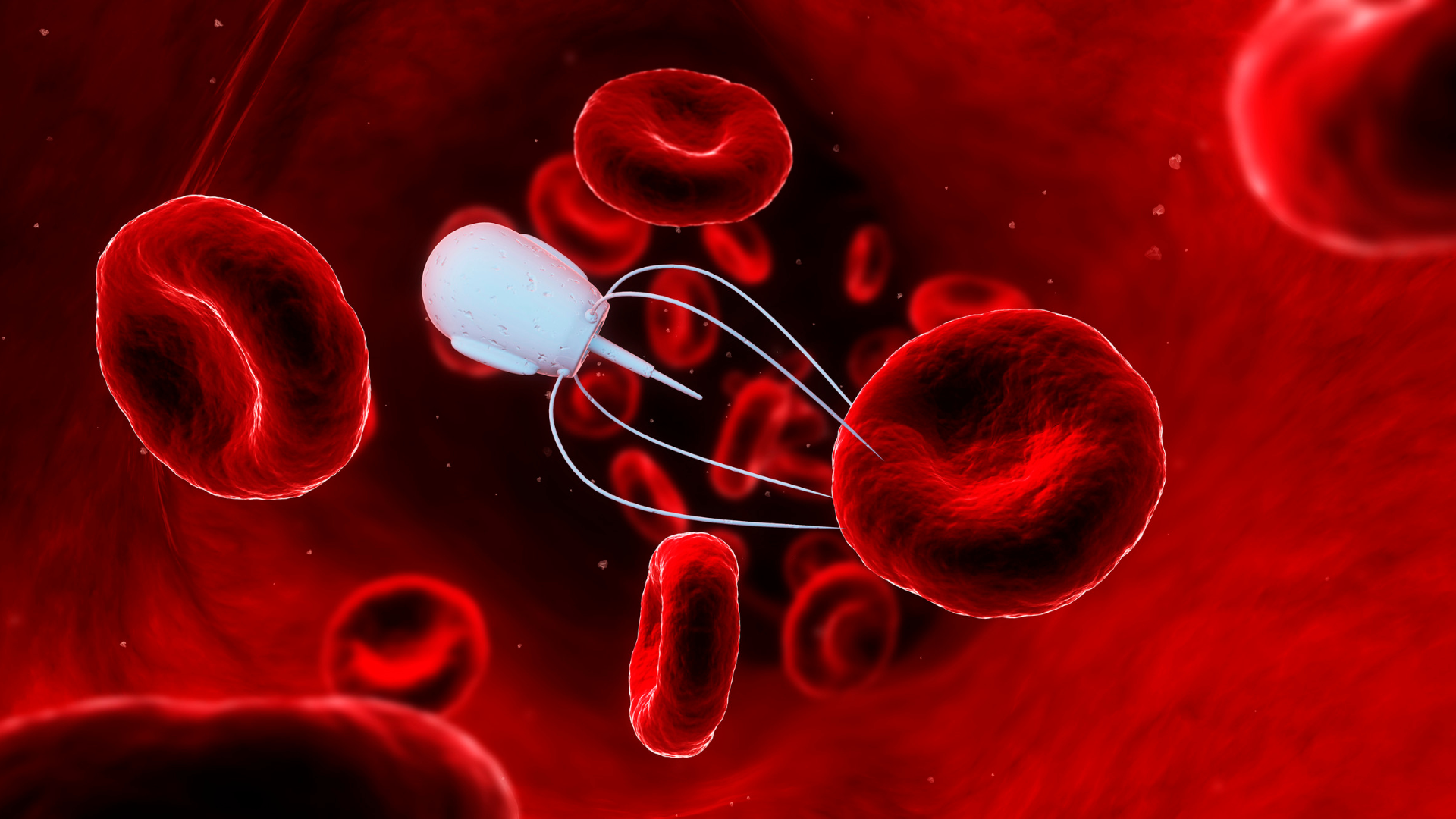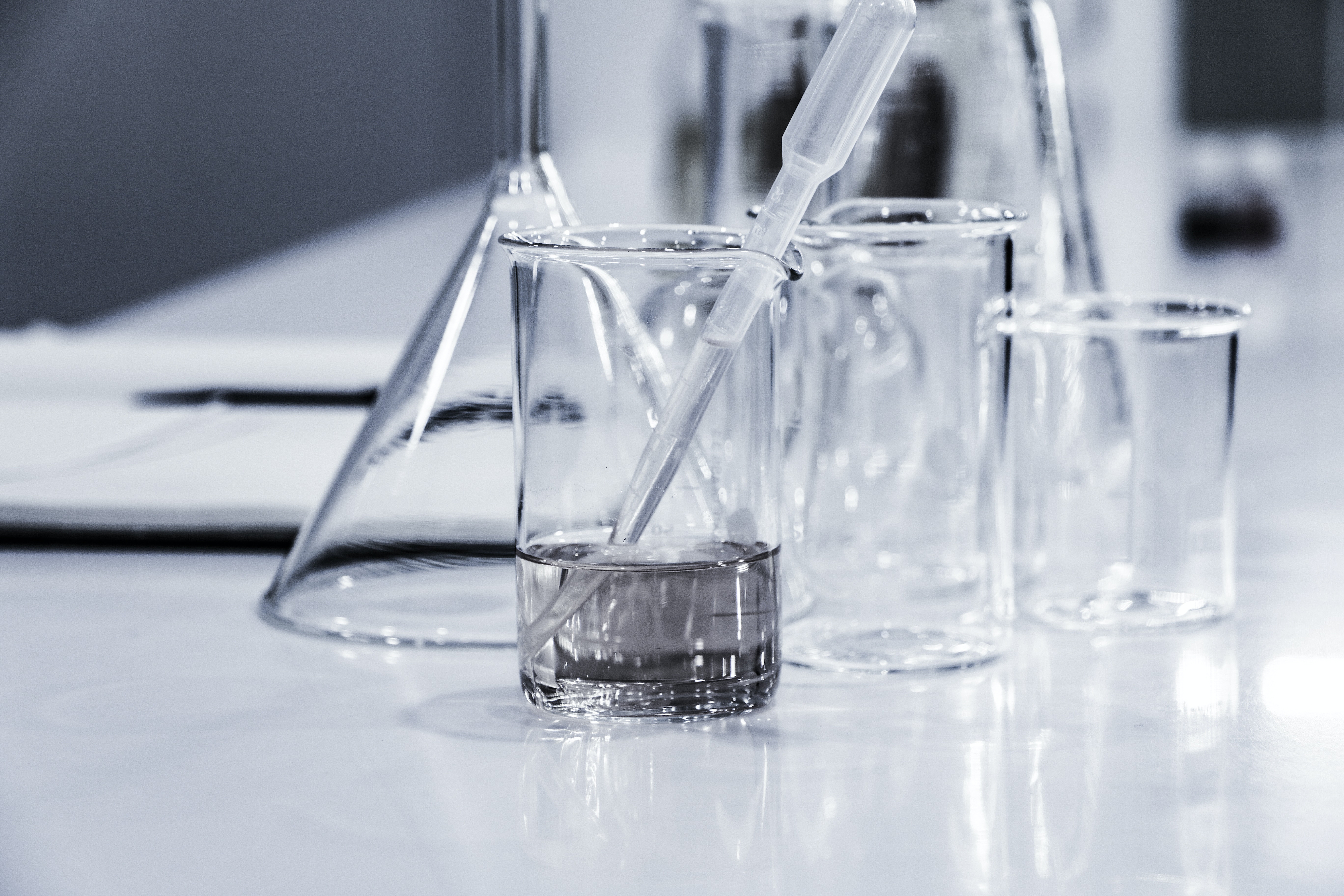New Freeze-Drying Technologies: Pfizer's Quest for Sustainable Cooling

Oxford Global’s Pharmaceutical Lyophilisation Symposium was fortunate to host two excellent presentations from representatives at Pfizer gave an intimate look at the company’s approach to freeze-drying. The first given by Kristien Janssen looks at how the company is improving its lyophilisation systems in the interest of sustainability. The second was delivered by Bert Van Meervenne and looks at measuring the moisture of stoppers and their effect on freeze-dried cakes. This article looks at both presentations and shares the insights they gave into the lyophilisation process at Pfizer.
- Advanced Formulation Development Strategies & Towards Sustainable Lyophilisation
- “Stability Can be a Problem” — Dealing with Nanoparticle Stability Challenges in Drug Formulation
- Long-Acting Injectables: Machine Learning in Drug Formulation and Therapeutic Development
The Evolution of Refrigeration Systems at Pfizer
Janssen is Lead Engineer for Freeze Drying at Pfizer, she unveiled the company's approach to innovative freeze-drying technologies. With the cooling of freeze dryers emerging as a hot topic, Janssen highlighted Pfizer's commitment to implementing cutting-edge cooling solutions. In particular, she compared the traditional compressor-cooling approach with the alternative liquid nitrogen-cooling method, shedding light on Pfizer's journey towards sustainability and efficiency.
Pfizer has relied on compressor cooling for its freeze-dryers installed between 1995 and 2018. These systems employ silicon oil in the condenser circuit and direct expansion in the condenser. The advantage of direct expansion is its immediate cooling effect, eliminating the need for secondary cooling pumps and additional heat exchange. Two different configurations of the compressor skid have been employed: a two-stage cascade system with 1-stage compressors using R507 and R23 refrigerants, and a three-unit setup with 2-stage screw compressors using R507.
While these systems served Pfizer well, the company faced a major challenge when the European Union enacted legislation in 2020 to prohibit the use of F-gasses with a high global warming potential (GWP) above 2500. The prohibited refrigerants, such as R23 (GWP ~15000) and R507 (GWP ~4000), had been crucial components of Pfizer's cooling systems. To comply with the new regulations, Pfizer sought alternative cooling solutions.
Various options were considered as alternatives to F-gasses. One possibility was using alternative hydrofluorocarbons (HFCs) with lower GWP, such as R410A. However, this solution was not ideal as these HFCs were also slated for phasing out by 2030. Another option involved hydrocarbons like ethane or propylene, which are natural refrigerants with a GWP below 6. Although highly efficient, their flammability posed safety concerns, especially since Pfizer's freeze dryer is located within their production plant.
Liquid Nitrogen Cooling: A Promising Solution
The adoption of liquid nitrogen emerged as a viable and sustainable cooling solution. As a natural refrigerant with a GWP of 0, liquid nitrogen offers immediate cooling at a frigid -196°C. Moreover, it boasts low noise emission, requires minimal maintenance, and Pfizer's team has considerable experience in working with it.
To integrate liquid nitrogen cooling into their processes, Pfizer used silicon oil in both the shelf and condenser circuits to prevent issues with falling ice during defrosting. Additionally, a gas-monitoring system was implemented to ensure operator safety.
When comparing the condenser stages, it became evident that the liquid nitrogen fluid condenser provided a significantly more stable temperature compared to the compressor system. Another comparison was made regarding the freezing rate of the two systems. While the compressors exhibited a steady, sloping freeze rate, the liquid nitrogen system maintained a consistent gradient in its freeze rate. To match the previous freeze rate, Pfizer's team devised a three-step freezing process that simulated the gradual plateau observed in the compressor system, successfully achieving the desired sloping freeze rate.
Challenges and Improving Lyophilisation Sustainability
Although liquid nitrogen cooling proved successful and efficient, Pfizer acknowledges that its production is not carbon neutral. To offset this impact, the company procures green origin certificates for their liquid nitrogen. Another challenge lies in the high consumption of liquid nitrogen, resulting in increased costs and the need for numerous delivery trucks, which hampers carbon neutrality.
Driven by a relentless pursuit of sustainability, Pfizer is exploring even greener alternatives for freeze-drying. Air cooling, with its zero GWP, low maintenance requirements, oil-free operation, and enhanced safety, has garnered attention. However, one limitation is its efficiency primarily at lower temperatures.
Comparison and Pilot Project: Revamping the Compressor Freeze Dryer
To revamp their compressor-based freeze dryers, Pfizer compared various alternative options. With multiple freeze dryers requiring upgrades by 2030, the team will conduct tests on a single unit before implementing the changes on a larger scale. To decide which setup was going to be purchased, a theoretical calculation was done considering following parameters: power consumption, cooling water usage, LN2 (liquid nitrogen) consumption, cooling rate, and investment costs. A pure liquid nitrogen system would deliver the fastest cooling rate but consumes the most LN2. However, a liquid nitrogen system equipped with two air coolers would achieve a comparable performance with reduced LN2 consumption, albeit at increased power and cooling water consumption. Considering consumption, carbon footprint, freeze rate, and overall cost, Pfizer ultimately chose the liquid nitrogen system with two air coolers.
Conclusions
Pfizer's journey towards sustainable freeze-drying technologies showcases their commitment to compliance with evolving regulations and reducing environmental impact. Transitioning from compressor cooling to liquid nitrogen cooling has proven fruitful, offering improved stability and freeze rates. Despite challenges associated with liquid nitrogen, Pfizer actively explores even greener alternatives like air cooling. With ongoing research and development, Pfizer aims to revolutionise freeze-drying technologies while promoting environmental sustainability for the benefit of all.
Exploring the Influence of Stoppers on Lyophilised Cake Moisture
Bert Van Meervenne, Senior Manager of Aseptic Process Development at Pfizer, also presented a fascinating study on the impact of stoppers on lyophilised cake moisture. The objective of lyophilisation is to produce stable products with minimal moisture content that can be easily reconstituted. However, even the slightest amount of moisture can significantly elevate moisture levels in the cake, making understanding the influence of stoppers on cake moisture crucial.
Methods for Measuring Moisture
Several factors contribute to cake moisture, including drying cycle parameters, the product itself, stopper formulation, water vapor transfer from the stopper, moisture measurement methods, and the seal between the stopper and vial. The rate at which moisture diffuses into the cake is known as the moisture vapor transmission rate (MVTR).
Various techniques are available for measuring lyophilised cake moisture. The Karl Fischer method uses coulometric or volumetric titration to determine trace amounts of water in a sample. This is an accurate technique but requires destructive sampling and is labour-intensive. Loss on drying (LOD) is an easier method but lacks precision and is also destructive. An alternative approach is the near-infrared/Karl Fischer (NIR/KF) correlation, which involves establishing a graph correlating near-infrared measurements with Karl Fischer results. Once established, this non-destructive and simple method can be used.
When it comes to measuring stopper moisture, the Karl Fischer method can be applied to individual stoppers, while LOD requires pooling samples due to its lower accuracy. The Computrac method, which measures moisture in the headspace during heating, offers highly automated measurements and allows for testing one stopper at a time.
Case Studies
Case Study 1 revealed the importance of using stoppers with the same treatment as in production. By obtaining samples from production, researchers ensured consistency in treatment and stored moisture levels.
Case Study 2 involved trial runs for transfer to a contract manufacturing organisation (CMO), which showed out-of-specification moisture levels after three months. Van Meervenne said that “the moisture when the samples reached the CMO was okay, so we were quite confident that the lyo-cycle was okay.”
When looking at the stoppers, the CMO used the same ready to sterilise stoppers but there were some differences in the autoclave cycle. For example, the CMO used a cycle that only used timed vacuum drying phase. “We were able to solve the problem by modifying the autoclave cycle,” Van Meervenne explained.
In Case Study 3, researchers observed moisture increases during the sterilisation cycle for stoppers. By extending the drying time after sterilisation from 80 minutes to 20 hours, they achieved lower moisture levels than before the sterilisation cycle. Experiments using different measurement methods demonstrated a linear correlation between stopper moisture and cake moisture, providing valuable insights into maximum moisture allowances.
Case Study 4 focused on moisture levels over the product's shelf life. By combining data on stopper moisture and MVTR, it was possible to predict the product's shelf life.
Conclusions
Managing stopper moisture is crucial, necessitating the use of appropriate measurement methods. The moisture content of lyophilised cakes is affected by stopper moisture in the initial weeks due to moisture transfer. Internal limits for stopper moisture depend on the measurement method employed. Cake moisture during stability storage is influenced by MVTR, which itself is temperature dependent. The NIR/KF method proves highly effective in measuring cake moisture and quantifying stopper moisture migration.
The study underscores the significance of understanding and controlling stopper moisture, providing valuable insights for the development of lyophilised products with optimal stability and reconstitution properties.
At Formulation & Delivery US, join leaders, experts and researchers at West Coast’s scientific Hub – San Diego, delivering breakthrough research, technologies & connecting global pharma, biotech and academia for high-level discussions on the latest innovations in formulation, drug delivery & inhaled science.







